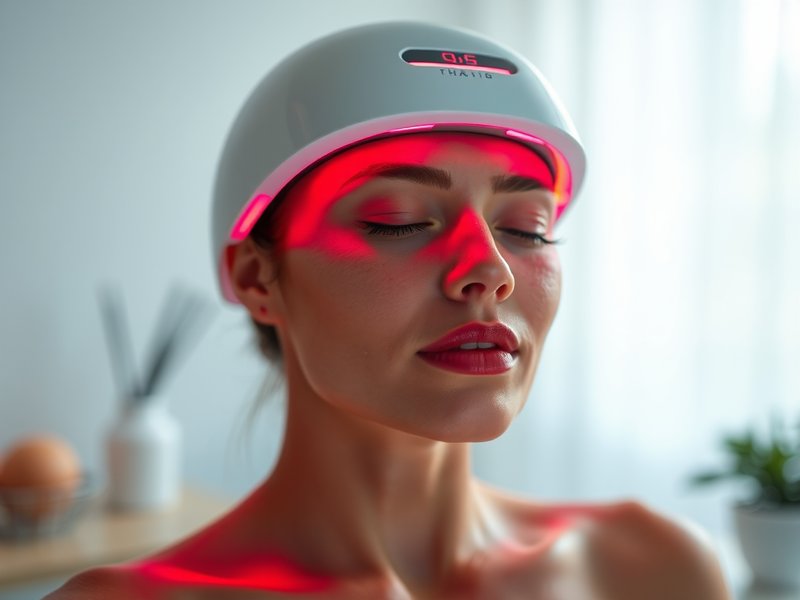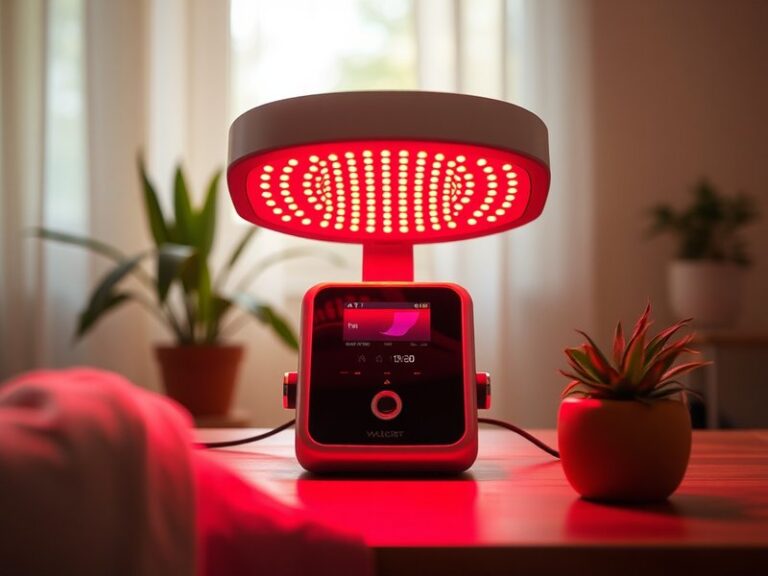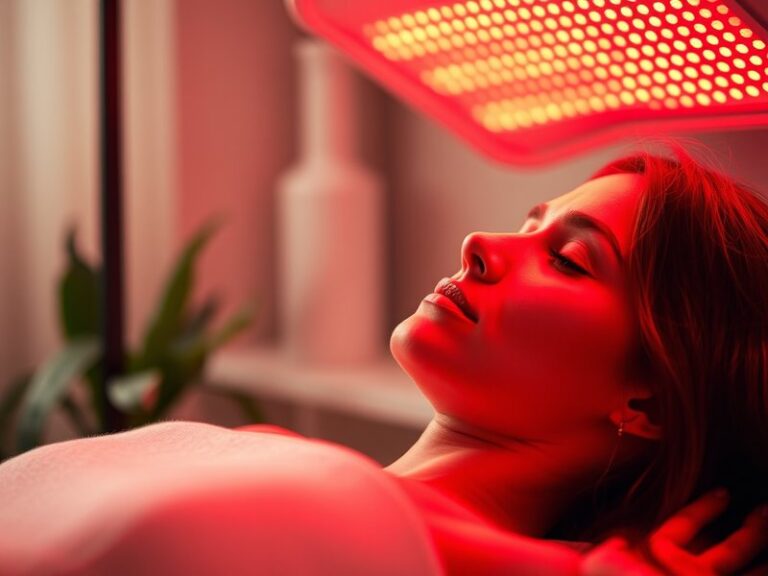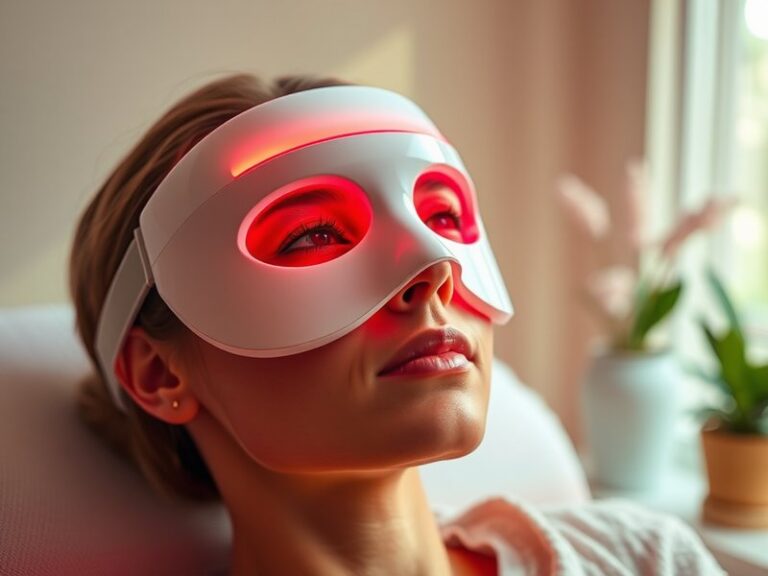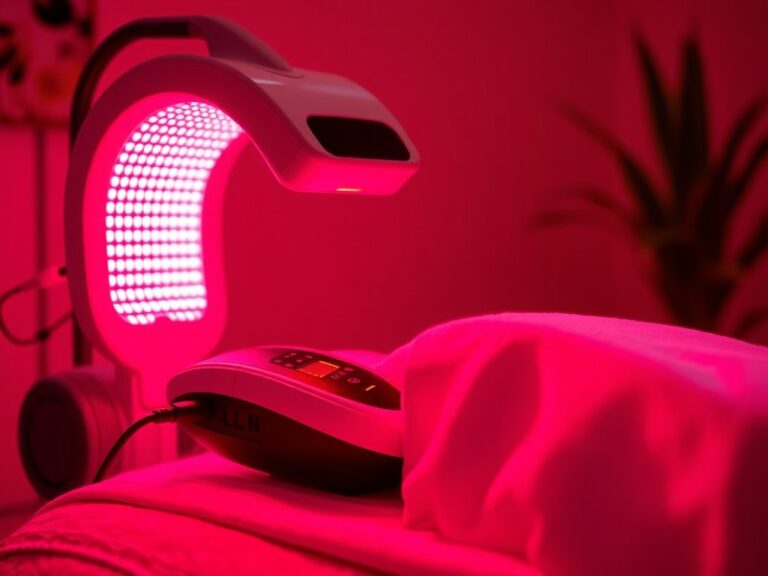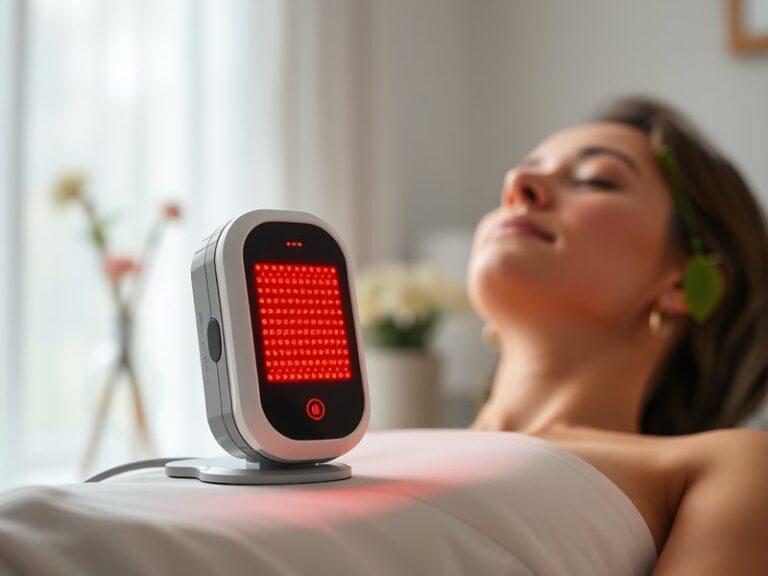Does Red Light Therapy Make Your Skin Peel?
Does Red Light Therapy Make Your Skin Peel?
Have you ever wondered about the effects of red light therapy on your skin? One of the common queries surrounding this innovative treatment is whether it can cause your skin to peel. In this article, we will explore what red light therapy is, its benefits, and whether it truly leads to skin peeling.
Key Takeaways
- Red light therapy is typically non-invasive and aims to promote skin rejuvenation without causing peeling.
- While some may experience temporary dryness or mild irritation, significant peeling is generally not a common side effect.
- Understanding individual skin types and conditions can help maximize the benefits of red light therapy.
What is Red Light Therapy?
Red light therapy is a treatment that uses low-level wavelengths of red light to improve skin health and promote healing. This therapy can stimulate cellular activity, enhance collagen production, and improve circulation. Originally developed by NASA for plant growth in space, red light therapy has since been adopted for various medical and cosmetic applications.
Discover our thoughts on Red Light Therapy
The process typically involves the use of light panels or devices that emit red or near-infrared light. Sessions generally last from a few minutes to about half an hour, depending on the area being treated and the device used.
What are the Benefits of Red Light Therapy?
Red light therapy offers a multitude of benefits, particularly for the skin. Below, we’ll delve into some of these advantages.
Skin Rejuvenation
Red light therapy can stimulate the production of collagen, which is essential for maintaining skin elasticity and reducing the appearance of fine lines and wrinkles. Studies have shown that regular sessions can lead to visibly smoother skin and a more youthful appearance.
Wound Healing and Scar Reduction
Due to its ability to increase circulation and promote cellular regeneration, red light therapy can aid in healing wounds and reducing the appearance of scars. This makes it particularly beneficial for individuals looking to improve their skin’s texture following injury or surgery.
Reduction of Inflammation
Many skin conditions, such as acne or rosacea, are exacerbated by inflammation. Red light therapy has anti-inflammatory properties that can help calm irritated skin and reduce redness, promoting a more even skin tone.
Improved Skin Hydration
Contrary to causing peeling, red light therapy can help the skin retain moisture. This leads to better hydration levels, giving the skin a plump and healthy appearance.
Is it Possible to Experience Skin Peeling from Red Light Therapy?
While peeling is not a typical side effect of red light therapy, some individuals might experience mild dryness or irritation, especially if their skin is sensitive or if they are using other active skincare treatments concurrently.
What are the Advantages of Understanding Skin Responses?
Being aware of how your skin reacts to different treatments can help you customize your skincare routine.
What are the Disadvantages of Underestimating Skin Sensitivity?
Ignoring how your skin may react could lead to unexpected side effects, making it essential to proceed with caution and consult with professionals.
What are the Things to Consider Before Starting Red Light Therapy?
Before beginning red light therapy, consider the following factors:
Skin Type and Sensitivity
Understanding your skin type will help you gauge how your skin might react to red light therapy. Sensitive skin may require adjustments in treatment frequency or duration.
Current Skin Conditions
If you have pre-existing skin conditions, it is crucial to consult with a dermatologist or skincare professional before starting treatments. They can provide personalized recommendations based on your specific needs.
Compatibility with Other Treatments
If you’re using other skincare products or treatments, like retinoids, it’s essential to discuss compatibility. Some products may increase sensitivity and affect how your skin reacts to red light therapy.
What are the Alternatives to Red Light Therapy?
If you’re considering options other than red light therapy for skin rejuvenation, here are a few alternatives:
Chemical Peels
Chemical peels involve applying a solution that exfoliates the outer layer of skin, promoting new cell growth. They can be effective for people seeking significant skin texture improvements.
Microdermabrasion
This is a non-invasive treatment that uses tiny crystals to gently exfoliate the skin, helping to improve its appearance and texture without peeling.
LED Light Therapy (Other Colors)
Different wavelengths can target various skin issues. For instance, blue light is more effective for acne treatment, while green light can help with pigmentation issues.
Conclusion: Is it Recommended to Use Red Light Therapy?
Overall, red light therapy is a promising treatment for various skin concerns, from rejuvenation to inflammation reduction. While it’s unlikely to cause peeling, understanding your individual skin needs and consulting with a professional can optimize your results and minimize any potential adverse effects.
Frequently Asked Questions
Can red light therapy be done at home?
Yes, many devices are available for home use, but it’s essential to follow the manufacturer’s instructions and understand your skin’s sensitivity.
How often should I undergo red light therapy?
Typically, sessions can range from 2-3 times a week for optimal results. However, individual requirements may differ, so it’s best to consult a skincare specialist.
Are there any side effects to red light therapy?
While generally safe, some individuals may experience temporary redness or mild irritation. Severe side effects are rare.
Discover more in Duration of Red Light Therapy?
What skin types benefit most from red light therapy?
Most skin types can benefit from red light therapy, but those with signs of aging or inflammatory skin conditions often see notable improvements.
How soon can I see results?
Results can vary, but some individuals report improvements in skin texture and appearance after a few sessions, with cumulative benefits over time.
